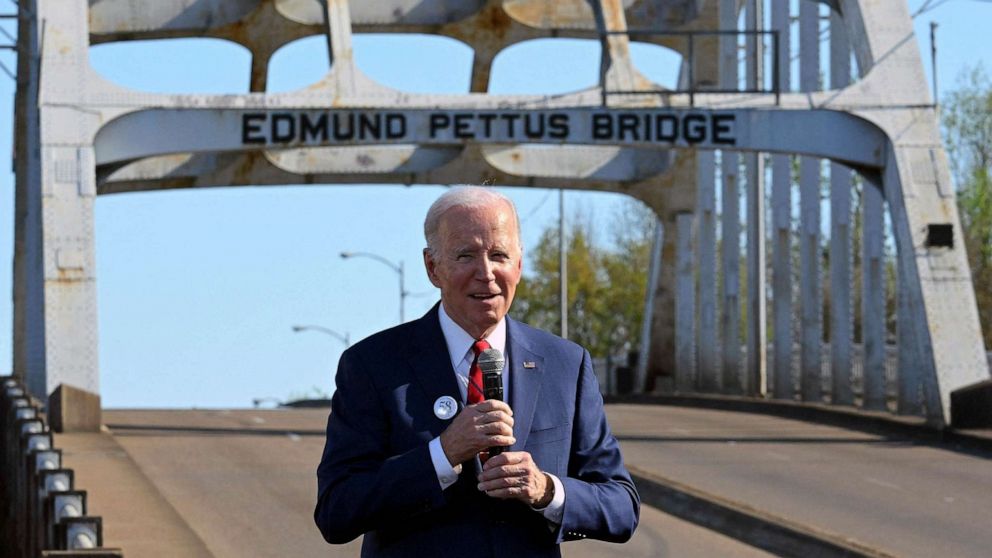
Dear Commons Community,
I just finished reading Pirate Enlightenment, or the Real Libertalia by anthropologist and activist David Graeber who was the best-selling author with David Wengrow of The Dawn of Everything. He was also an organizer of the Occupy Wall Street protests that took place in Manhattan in Zuccotti Park. Graeber passed away in 2020.
Pirate Enlightenment… is a brief speculation (175 pages with notes) that the pirate societies that arose in Madagascar in the golden age of piracy (1650-1730) were vibrant, imaginative experiments in self- governance. Graeber posits that these societies were based on democratic rules that were typically followed on pirate ships. Captains were elected, spoils evenly divided, and extra benefits for those wounded in their plundering. He even goes so far as to comment that these societies predated and maybe helped shape the European Enlightenment. His major accomplishment in this book was to recover a forgotten form of social and political order that was not part of the Western tradition.
In sum, a provocative read and I recommend it to anybody interested in this period.
Below is a review published in The New York Times in January 2023.
Tony
————————————
The New York Times
How Enlightened Were the Pirates of Madagascar?
By Peter Frankopan
Jan. 24, 2023
PIRATE ENLIGHTENMENT: Or the Real Libertalia, by David Graeber
“Pirate Enlightenment,” a slim, feisty book by the late anthropologist and political activist David Graeber, was sparked by field research he conducted in Madagascar more than 30 years ago. His travel to the island in the southwest Indian Ocean had been inspired in turn by a desire to investigate ideas about divine kingship that had been so eloquently discussed by the anthropologist Maurice Bloch. While conducting his own research, Graeber learned that Madagascar had served as a crucial base for Caribbean pirates and their descendants. At the time of his death in 2020 at age 59, he had returned to the subject that had fascinated him as a young man; “Pirate Enlightenment” is the result.
Madagascar has long played an important role in the histories of the Indian Ocean world, as is clear from the fusion of African, Arab, Persian and Indian influences on the island’s culture, language and belief systems. Early European visitors described their bemusement at finding even wider connections. There were people on the island, one author noted, who “celebrate and refrain from work on Saturday, not Friday like the Moors,” and who retain “the names of Moses, of Isaac, of Jacob and of Noah.” The Zafi-Ibrahim, as they referred to themselves, were evidently Jews, perhaps “descended from the oldest families of Ishmaelites from before the Babylonian Captivity.”
The opening up of trans-Atlantic shipping in the decades that followed Columbus’s crossing in 1492 galvanized these connections further still. The integration of the Americas into global trading networks offered plenty of opportunities for states, monarchs and investors to become rich. Those who acquired the skills to sail ships through challenging seas but were resistant to seeing the bulk of the rewards flow to others were often tempted to take matters into their own hands. “There were all sorts of pirates,” Graeber writes, including a Madagascar community descended from buccaneers whose members called themselves the “Zana-Malata,” literally “children of the Malata,” the latter a term derived from “mulatto.”
Graeber may be best known in the United States as the co-author with David Wengrow of the surprise best seller “The Dawn of Everything,” which aimed to topple much conventional wisdom about the evolution of human societies, including the European genesis of Enlightenment ideals of freedom and equality. It’s no wonder that in “Pirate Enlightenment” he sets out to explore the impact that apparently egalitarian pirate communities and their “rebel culture” may have had on local social, economic and political development.
Madagascar, Graeber writes, was the “ideal base” for launching piratical raids, both because of its location at a key point between the Atlantic and Indian Ocean worlds, which made it a perfect place to replenish food, water and labor (coerced or otherwise), and because it “existed in a sort of legal gray zone,” beyond the reach of trade corporations like the East India Company and the Royal African Company. By the end of the 17th century, Madagascar had become a haven for pirates, including, perhaps, the English-born Henry Avery and the vast wealth he secured after capturing two heavily laden Mughal ships. According to one account, Avery realized during the raid that the jewels covering the furniture onboard were not cut glass, but diamonds. That, at least, was the rumor that reached Europe.
Information that flowed from Madagascar back to Europe during this period was often of dubious quality. As Graeber tells it, stories swirled of “a burgeoning new kingdom dominating the southwest Indian Ocean, with thousands of pirates and confederates of all nations, with a vast fleet of warships, seeking allies.” Some sources, among them the author Daniel Defoe, urged the British government to normalize relations with the “newly emerging power.” Quick-thinking charlatans popped up across Europe posing as Avery’s envoys, offering to sign treaties with royal courts in Britain, France, Sweden, Russia and beyond.
In fact, while we know Avery existed, no one knew what became of him after he seized his prizes, though his men could be found scattered from North American colonies to Ireland. Six eventually met justice in the form of the hangman’s noose (an effort to appease the Mughal government). Nevertheless, Madagascar captured the imagination of Europeans as a refuge for renegades and criminals, but also as an exotic island paradise blessed with a lovely climate and fertile soils and, not least, as a place where fortune favored the brave.
Graeber’s challenge is to try to make sense of a set of sources that are unreliable or obtuse, and often written either many decades after events they describe or many thousands of miles away — or both. Much of what exists in the historical record owes a great deal to wishful thinking, or to caricatures designed to impress or amuse readers. According to one author, a pirate settler in Madagascar named John Plantain, known as “the King of Ranter Bay,” was born “of English parents, who took care to bestow on him the best Education they themselves were possess’d of: which was to curse, swear and blaspheme, from the time of his first learning to speak.”
If this sounds fanciful, it gives you a sense of the kind of material that Graeber is wrestling with. The dearth of local primary sources doesn’t help. It’s difficult to get a sense of Ambonavola, reportedly a main center for non-Malagasy pirate settlers on the island. Welcome to Graeber’s hall of mirrors: In popular accounts in 18th-century Britain, Ambonavola was conceived of as “a kind of utopian experiment” where a new state was being built, lorded over not by kings but by strange, democratically-minded outsiders who had rejected European society and its norms. That sounds interesting — the “pirate enlightenment” of the title. And yet today, no one knows for sure whether such a state existed. Or what this enlightenment consisted of, or for whom.
Given these shortcomings, Graeber is heroic to try to square a series of circles. He does not hide from the problems, admitting that “99 percent” of the evidence that might help him reconstruct a convincing picture “has been permanently lost to us.” When it comes to understanding how the island’s initially diverse groups and languages came to share a more uniform Malagasy culture, as he admits, “we have no idea how this happened.”
The result is that Graeber’s hypotheses rest on the thinnest of air. The second half of his book is about the rise of the Betsimisaraka Confederation, a “political entity” that grew powerful in the first half of the 18th century under a charismatic leader by the name of Ratsimilaho. At least that is what sources written decades later claim, though these also say Ratsimilaho was sent to school in England as a boy by his pirate father.
Ratsimilaho’s rule, Graeber says, was a “masculine riposte to the self-assertion of women who allied themselves with pirates.” He argues that ambitious local women, including many successful merchants, had been able to get pirates to concede power, because, although the men brought treasures with them, when they arrived they had no social or cultural capital. When women were excluded from kabary — village assemblies where community members sat around gravely smoking tobacco and drinking honey wine — it constituted a provocation in a world where “local women clearly had the upper hand.”
David Graeber was a highly original thinker and a wonderful writer. Most of all he was someone who sought out challenging problems and set about trying to solve them. In this case, he may well have been right about the ways he believed pirates influenced the culture of Madagascar, but as he admits there is simply not enough evidence to know for sure.
:quality(70)/cloudfront-us-east-1.images.arcpublishing.com/tronc/IVF3ATETPFFEDAHH3VC2JIBOMI.jpg)

 President Biden walks with border agents at the Southern Wall
President Biden walks with border agents at the Southern Wall


 President Biden delivers remarks on the 58th anniversary of Bloody Sunday, at the Edmund Pettus Bridge Mandel Ngan/AFP via Getty Images
President Biden delivers remarks on the 58th anniversary of Bloody Sunday, at the Edmund Pettus Bridge Mandel Ngan/AFP via Getty Images






